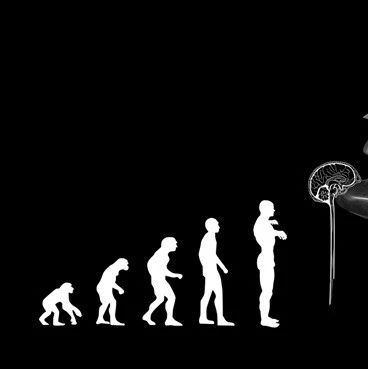导读:日本一个研究小组在最新一期英国杂志《脑》上发表文章说,一侧肢体不能正常活动的实验鼠,其大脑未受损一侧的神经会“补缺”,部分接替受损一侧大脑神经的功能。

日本大阪大学教授山下俊英领导的研究小组说,从左右脑延伸出的神经在脑的延髓处交叉,右脑负责左半身,左脑负责右半身。脑的一侧出现脑血管障碍或脑挫伤等损伤时,相反一侧的手脚就会出现麻痹甚至半身不遂。
研究小组人为损伤了实验鼠左脑,结果实验鼠右前脚麻痹,不能正常活动,但约4周后,实验鼠的运动功能恢复到了原有水平的一半左右。研究小组发现,实验鼠右脑中控制左前脚运动的神经细胞的神经突触向左脑中控制右前脚运动的神经细胞伸展,并与其连接。
研究小组还发现,神经细胞分泌的一种神经营养因子“BDNF”能促进这些神经突触的伸展,人为抑制这种蛋白质作用,小鼠的受损一侧肢体运动机能恢复就会变得困难和缓慢。研究人员认为,通过康复运动能刺激这种蛋白质的分泌。这项研究有助于开发半身麻痹治疗药物及改进相关理疗方法。

Intraspinal rewiring of the corticospinal tract requires target-derived brain-derived neurotrophic factor and compensates lost function after brain injury
Masaki Ueno, Yasufumi Hayano, Hiroshi Nakagawa and Toshihide Yamashita
Brain injury that results in an initial behavioural deficit is frequently followed by spontaneous recovery. The intrinsic mechanism of this functional recovery has never been fully understood. Here, we show that reorganization of the corticospinal tract induced by target-derived brain-derived neurotrophic factor is crucial for spontaneous recovery of motor function following brain injury. After destruction of unilateral sensorimotor cortex, intact-side corticospinal tract formed sprouting fibres into the specific lamina of the denervated side of the cervical spinal cord, and made new contact with two types of spinal interneurons—segmental and propriospinal neurons. Anatomical and electrophysiological analyses revealed that this rewired corticospinal tract functionally linked to motor neurons and forelimb muscles. This newly formed corticospinal circuit was necessary for motor recovery, because transection of the circuit led to impairment of recovering forelimb function. Knockdown of brain-derived neurotrophic factor in the spinal neurons or its receptor in the intact corticospinal neurons diminished fibre sprouting of the corticospinal tract. Our findings establish the anatomical, functional and molecular basis for the intrinsic capacity of neurons to form compensatory neural network following injury.
文献链接:https://brain.oxfordjournals.org/content/early/2012/03/21/brain.aws053.abstract








